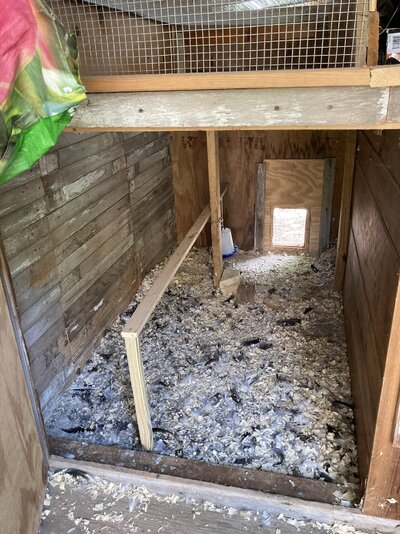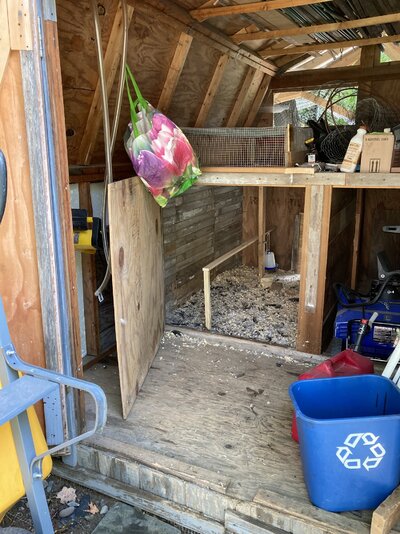Our flock is down to just two hens (one Brahma, one Wyandotte, both 3.5 month old) due to 3 (!) roosters and some predator losses. So we are adding 4 new pullets that are only slightly younger at 8-10 weeks, probably Buff Orpingtons and/or RI Reds.
The coop (25 sqf) has be accessed from two sides: chicken door entrance from the run and large door to outside for cleaning. I plan to temporarily install chicken wire in the middle, give the covered run to the new birds and let the old birds direct to the outside to free range. I don’t want to split the run as it is too much hassle.
With this setup and small age difference, would 1-2 weeks be enough for them to get acquainted and minimize the pecking fights? We have no more roosters, the Brahma is a big bird but it will be outnumbered…
Any other suggestions of how to keep this smooth? Add more roosting bars perhaps? We only have one now.
The coop (25 sqf) has be accessed from two sides: chicken door entrance from the run and large door to outside for cleaning. I plan to temporarily install chicken wire in the middle, give the covered run to the new birds and let the old birds direct to the outside to free range. I don’t want to split the run as it is too much hassle.
With this setup and small age difference, would 1-2 weeks be enough for them to get acquainted and minimize the pecking fights? We have no more roosters, the Brahma is a big bird but it will be outnumbered…
Any other suggestions of how to keep this smooth? Add more roosting bars perhaps? We only have one now.









